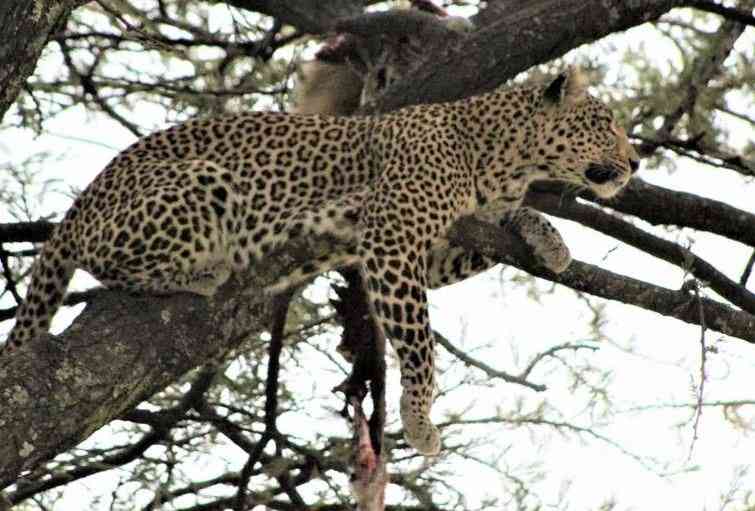
Some wildlife, bird species, and even sea animals know how to camouflage within their natural habitat, making it difficult to spot them. For example, spotting a leopard or an owl, a chameleon or a sea sausage can prove quite a difficult exercise. Here is what you need to do if your wildlife watch adventure includes 'some shy species' that will do their best to ensure that they are not spotted - not by just you but also their enemies.
Blend into your environment: Learn how to be part of the environment. Do not wear shouting colours that announce your presence. The best colours to wear when going for a wildlife watching are muted black, brown, green, or grey clothes that blend into the background. Behave like the camouflage type of species that you are scouting. Do not be loud (mute conversations), and be sure you are free from any conspicuous smell (sweat included). Some animal species like elephants can hear and smell you from a distance.
Choice of position: This is important. If the nature of your watch demands that you "lie low like an envelope", look for somewhere downwind of the area you are observing that offers a degree of camouflage - ideally, inside a proper hide, but otherwise concealed by shrubbery, behind a stand of trees or another obstacle that shields you from the animals' direct line of sight. Stay quiet, stay still and stay out of sight.
Be quiet and still: Remember you are endowed with six natural senses that act as your protective shield in dangerous situations. Some species can hear a proverbial pin drop, others can see tiny objects from miles away. From high up in a tree, an owl can hear a mouse scurrying through leaf litter; an eagle can spot a hare's ears twitch from a mile away; a fish eagle can spot a fish metres deep in a lake or further downstream away in a river than you can imagine. As a clued-up spotter, you will need to stay silent and still as a statue to avoid startling the object of their attention. If you must move or change positions, do so slowly, steadily, and stealthily.
Watching tools: A must tool for wildlife watching includes a good pair of binoculars. Binoculars (and some camera lenses) bring an animal or a bird close, which would otherwise appear as a speck to the naked eye. They also allow you to keep a respectable distance from animals, for your safety, and leave the animal undisturbed in its natural habitat.
Portable telescopes: In the market and with technology there are small telescopes that come in handy, and are better than binoculars because they offer more magnification.
 The Standard Group Plc is a multi-media organization with investments in media
platforms spanning newspaper print
operations, television, radio broadcasting, digital and online services. The
Standard Group is recognized as a
leading multi-media house in Kenya with a key influence in matters of national and
international interest.
The Standard Group Plc is a multi-media organization with investments in media
platforms spanning newspaper print
operations, television, radio broadcasting, digital and online services. The
Standard Group is recognized as a
leading multi-media house in Kenya with a key influence in matters of national and
international interest.
